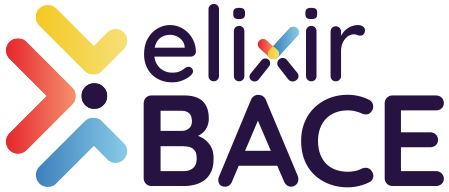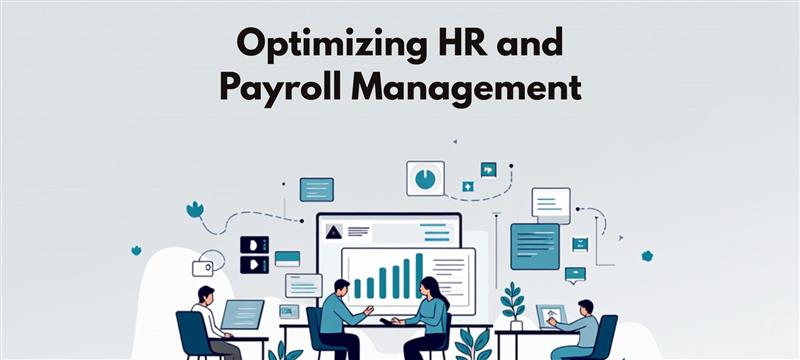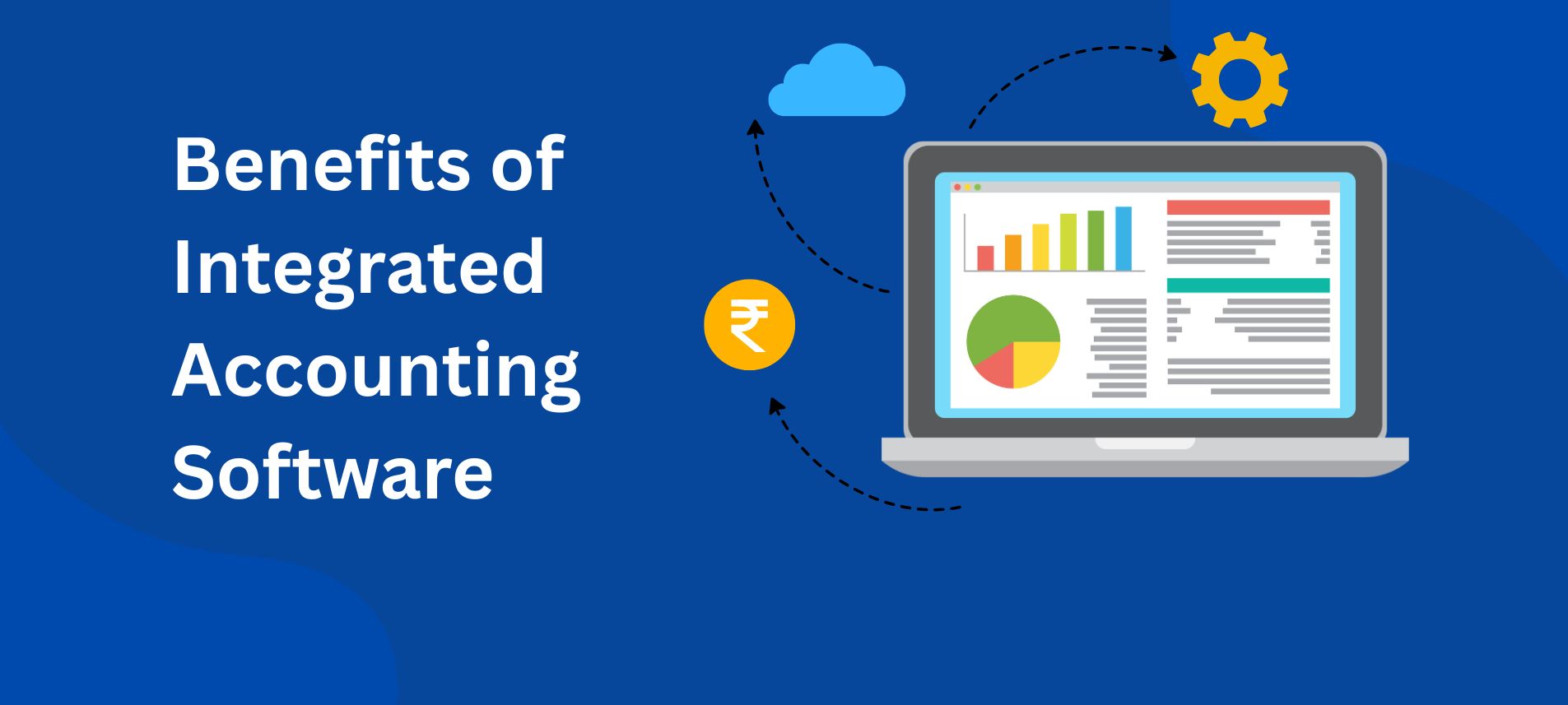Human Resources (HR) and payroll functions are the lifeblood of any organization, ensuring that the right people are hired, retained, and compensated accurately. However, many businesses, especially small to mid-sized enterprises, struggle with outdated systems, manual processes, and compliance complexities that can impede operational efficiency. In an environment where companies of all sizes must do more with less, optimizing HR and payroll management has never been more critical.
In this blog post, we’ll explore the importance of effective HR and payroll strategies, common pitfalls, and the most impactful ways to streamline and enhance these processes—enabling organizations to improve employee satisfaction, mitigate compliance risks, and make more data-driven decisions.
Why HR and Payroll Management Matter
- Core Administrative Functions
At its essence, HR involves staffing, onboarding, training, performance management, and a host of other responsibilities that directly impact employee experiences. Payroll, meanwhile, handles employee compensation—ensuring that wages are calculated correctly and disbursed on time. While these functions might seem routine, even small errors can have significant consequences, from legal penalties to employee dissatisfaction.
- Impact on Employee Satisfaction
Payroll inaccuracies can quickly erode trust. When employees are paid late or incorrectly, it creates friction and anxiety. On the HR side, a poorly managed recruitment and onboarding process can lead to mismatched hires, low morale, and high turnover rates. In a labor market where talent is in high demand, a strong HR and payroll system can act as a competitive advantage for attracting and retaining the best employees.
- Legal and Regulatory Implications
Compliance is one of the biggest challenges in HR and payroll. Factors like changing tax laws, varying overtime regulations, and shifting labor standards can make compliance a moving target. Failing to keep up can result in audits, fines, or even litigation. A well-optimized system centralizes and automates compliance tasks, reducing the risk of costly errors.
Common Challenges in HR and Payroll
- Manual Processes and Data Entry Errors
Manual processes often lead to duplicated efforts, inconsistent record-keeping, and greater room for human error. For example, if time-tracking data is manually entered into a spreadsheet, discrepancies or typos can accumulate over pay periods. These small mistakes add up, causing payroll inaccuracies and wasted administrative hours.
- Disjointed Systems
In many organizations, HR and payroll software (if present) are not integrated. This siloed approach forces administrators to switch back and forth between different platforms or re-enter data multiple times. Not only is this inefficient, but it also increases the risk of information discrepancies—such as differing employee records in each system.
- Complexity of Compliance
Regulatory demands vary from region to region, and they change frequently. HR professionals must be vigilant about new labor laws, benefits regulations, and tax requirements. Without automated compliance features, a single oversight can lead to audits, fines, or legal troubles.
- Lack of Real-time Insights
When data is scattered or trapped in spreadsheets, it’s challenging to gain a holistic view of workforce trends—like turnover rates, overtime costs, or benefits usage. This hinders strategic planning, making it hard to identify potential risks (e.g., increasing overtime expenses) or opportunities (e.g., investing in employee training programs).
The Benefits of Optimization
- Reduced Administrative Burden
By automating routine tasks such as payroll calculations, tax withholdings, and benefits administration, HR staff can focus on higher-value activities—like talent development and strategic planning. Automation eliminates the repetitive data entry that frequently leads to errors and burnout.
- Greater Accuracy and Compliance
A robust system that integrates HR data (employee information, time and attendance, benefits) with payroll allows for automatic calculations and record-keeping. This connectivity drastically reduces the likelihood of paycheck inaccuracies and regulatory violations, since updates in one area (e.g., new tax regulations) seamlessly apply across the platform.
- Improved Employee Satisfaction
A streamlined HR and payroll process means employees get paid accurately and on time. Moreover, a user-friendly self-service portal can empower employees to manage their own information—like updating addresses, viewing pay stubs, or adjusting benefits. When employees feel confident in HR processes, they’re more engaged and less likely to leave for a competitor.
- Data-driven Decision Making
Organizations that can pull up real-time HR and payroll analytics gain a competitive edge. By analyzing attendance records, turnover trends, and payroll costs, leaders can forecast staffing needs, budget effectively, and spot red flags before they turn into bigger problems. This data-driven culture fosters better strategic decisions throughout the company.
Integrating HR and Payroll Functions
- Centralized Databases
When HR and payroll share a single database, any changes in employee information—like job title, department, or compensation—flow seamlessly throughout the system. This eliminates duplicate data entry, ensuring everyone is working from the same source of truth.
- Unified User Experience
A single platform for both HR and payroll provides a more intuitive experience for administrators and employees alike. For the administrative team, the learning curve is reduced, as they only need to master one system. Employees can also benefit from a single login to handle everything from PTO requests to pay history.
- Automated Regulatory Updates
Many integrated systems have built-in compliance updates for tax tables and labor law changes. This feature ensures that payroll calculations remain accurate, and HR documentation is aligned with current legal requirements. In a fast-changing regulatory landscape, such automation can be the difference between smooth operations and costly mistakes.
Automation and Cloud Technology
- Benefits of Automation
- Accuracy: Automated calculations reduce human errors.
- Speed: Less manual input means faster payroll processing times.
- Scalability: Automation frees staff to handle larger employee rosters without sacrificing quality or timeliness.
- Cloud-based Solutions
Cloud-based HR and payroll systems provide secure, anytime access to data. This flexibility is invaluable for remote or geographically dispersed teams, allowing managers to approve timesheets or update employee records on the go. Cloud platforms also handle routine data backups, so businesses have one less thing to worry about.
- Security Considerations
While the cloud offers convenience, it’s crucial to partner with vendors who prioritize data security—through encryption, multi-factor authentication, and regular security audits. HR and payroll data is highly sensitive, so selecting a trustworthy provider is a non-negotiable element of the optimization process.
Best Practices for Optimizing HR and Payroll
- Map Out Current Processes
Before choosing new tools or redefining procedures, conduct an audit of your existing workflows. Identify bottlenecks, redundant steps, and areas most prone to errors. This baseline assessment will guide you in implementing targeted improvements rather than superficial fixes.
- Choose the Right Software
Selecting a single, integrated solution for both HR and payroll is often ideal. Look for features like:
- Time tracking and attendance monitoring.
- Onboarding and applicant tracking
- Reporting and analytics
- Tax updates and compliance management
- Employee self-service portals
Compare different platforms, focusing on scalability, user-friendliness, and customer support. Remember that a more expensive system might offer better long-term ROI if it eliminates significant inefficiencies.
- Establish Clear Workflows and Controls
Implement role-based access controls to ensure that only authorized individuals can edit sensitive information. Define approval hierarchies, so tasks like changing pay rates or adding new hires automatically trigger the required sign-offs. These structures reduce the potential for fraud and ensure accuracy.
- Train Your Team
Introducing a new system or upgraded processes is only half the battle; ensuring adoption is the other. Conduct thorough training sessions for HR and payroll staff, as well as managers who will interact with new tools. Provide easily accessible documentation, videos, or step-by-step guides to help users master the system quickly.
- Conduct Regular Reviews and Audits
Schedule periodic check-ins—monthly, quarterly, or annually—to review HR and payroll operations. During these reviews, look at metrics like error rates, processing times, and employee satisfaction. Use these insights to fine-tune your processes and adapt to any regulatory or organizational changes.
Leveraging Analytics for Strategic Gain
- Remote and Hybrid Workforces
The shift toward remote and hybrid work models adds complexity to HR and payroll—particularly around time tracking, multi-state compliance, and benefits administration. An optimized system that’s accessible in the cloud becomes a must-have rather than a nice-to-have.
- Evolving Labor Laws and Regulations
From local minimum-wage laws to global data privacy regulations, the legal environment surrounding HR and payroll is always changing. Businesses must proactively adapt, using tools that update automatically and a team that stays informed about legislative shifts.
- AI and Machine Learning
Artificial intelligence (AI) and machine learning technologies are making inroads into HR and payroll, from predictive scheduling tools to advanced analytics for employee engagement. While these are still emerging trends for many small and mid-sized businesses, being open to new technologies can deliver a competitive edge in the long run.
Conclusion
Optimizing HR and payroll management is far more than a back-office concern—it’s a strategic imperative that influences employee satisfaction, regulatory compliance, and the organization’s bottom line. By adopting integrated systems, automating manual tasks, and leveraging real-time analytics, companies can create more resilient, agile, and people-centric operations.
Whether you’re a small business aiming to scale or a mid-sized enterprise seeking to refine your processes, the key is continuous improvement. Regular audits of existing workflows, investment in training, and staying abreast of technology trends will help ensure that your HR and payroll functions remain robust, compliant, and aligned with business goals. In an increasingly competitive marketplace, these optimized practices can make all the difference between simply surviving and truly thriving.
FAQs About Cloud Accounting Software
Q1. What is HRMS with payroll optimization?
It’s an all-in-one system—like HROPAL—that automates HR functions (attendance, leave, employee records) and integrates payroll handling seamlessly.
Q2. How does HROPAL automate attendance and leave management?
It syncs with biometric systems and time-clocks, tracks time-off requests, and auto-calculates leave balances—streamlining workflow.
Q3. Does HROPAL support flexible pay cycles and employee self-service?
Absolutely. Employees can access payslips, request changes, and track their profiles directly through HROPAL’s self-service portal.
Q4. How can HROPAL benefit HR teams and finance together?
By combining HR data (attendance, leave) and payroll in one unified tool, HROPAL reduces double-handling, improves transparency, and accelerates processes.
Q5. Is HROPAL scalable for growing businesses?
Yes! From startups to mid-sized firms, HROPAL adapts to additional employees, monthly pay cycles, and evolving compliance needs.



